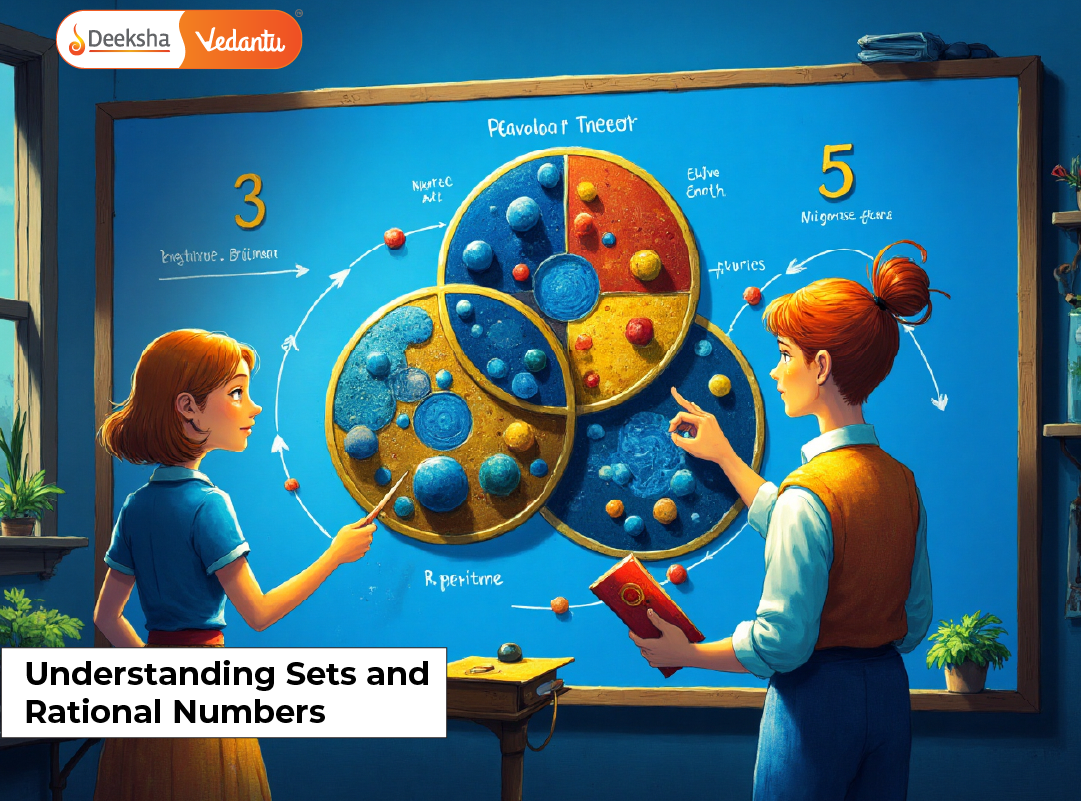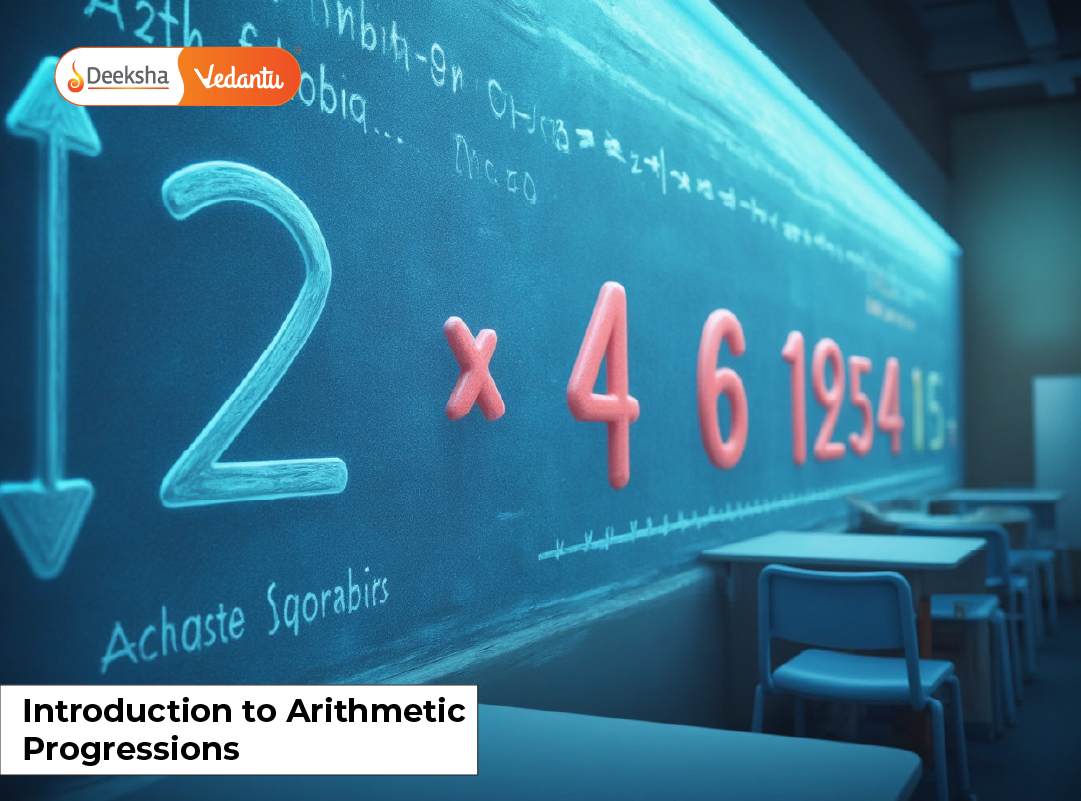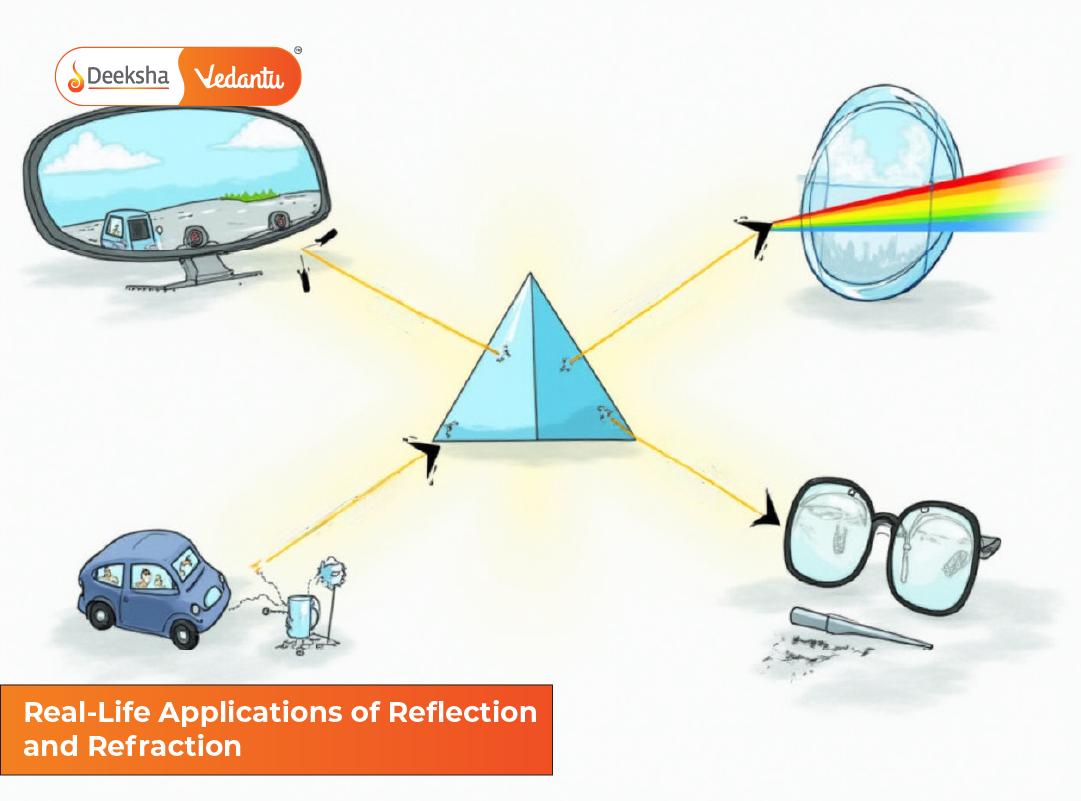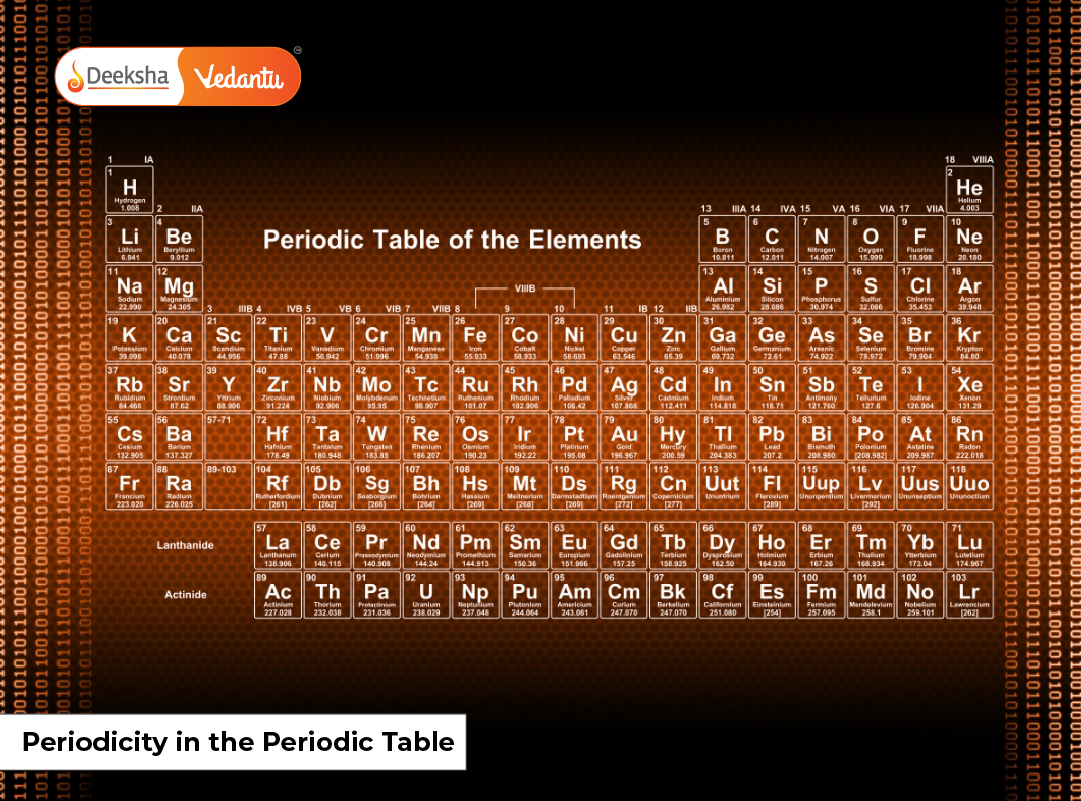Motion is a key concept in physics that explains how and why objects move. One of the most foundational aspects of motion is captured in Newton’s laws of motion, which form the backbone of classical mechanics. Whether you’re watching a football fly through the air or pushing a stalled bike, you’re experiencing these laws in action.
In this guide, we’ll break down Newton’s three laws of motion with simple explanations and real-life examples. You’ll also learn how forces cause motion, how acceleration is related to force and mass, and how to use these principles in physics problems. This knowledge lays the groundwork for exploring advanced topics like circular motion, projectile motion, and even orbital mechanics.
What Are Newton’s Laws of Motion?
Sir Isaac Newton, a 17th-century scientist, formulated three laws that describe the relationship between forces and motion. These laws help us understand everything from falling objects to rocket launches. They serve as the building blocks for analyzing physical systems in motion.
Newton’s laws can be summarized as:
- An object will remain in its state of rest or uniform motion unless acted upon by an external force.
- The force acting on an object is equal to the mass of that object times its acceleration.
- For every action, there is an equal and opposite reaction.
These principles are introduced in foundational physics lessons and are explored in greater depth as students advance. For more details, explore our complete guide on Laws of Motion.

Newton’s First Law: The Law of Inertia
Definition: An object at rest stays at rest, and an object in motion continues in uniform motion unless acted upon by an external force.
This is also known as the Law of Inertia. Inertia is the tendency of an object to resist a change in its motion.
Everyday Example:
- A book on a table remains stationary until a push moves it.
- A moving car continues to roll even after the engine is turned off, unless friction or another force slows it down.
The concept of inertia can be applied in safety design too. For example, seatbelts in cars help counteract inertia when the car suddenly stops.
To understand more about how force affects motion, visit our resource on Force.
Newton’s Second Law: Force = Mass × Acceleration
Definition: The force acting on an object is equal to the mass of the object multiplied by its acceleration (F = m × a).
This law explains how the amount of force needed to move an object depends on its mass and the desired acceleration. A small force may move a light object quickly but have little effect on a heavier object.
Everyday Example:
- Pushing a full shopping cart requires more effort than pushing an empty one.
- A sports car can accelerate faster than a truck because it has less mass.
This law is the basis for most calculations in dynamics and plays a vital role in mechanics and engineering.
To explore how acceleration influences motion, check out our section on Acceleration.
Newton’s Third Law: Action and Reaction
Definition: For every action, there is an equal and opposite reaction.
This means that when one object exerts a force on another, the second object exerts an equal force back in the opposite direction.
Everyday Example:
- When you jump off a boat, the boat moves backward.
- The recoil felt when firing a gun is the reaction to the bullet being propelled forward.
- Rocket propulsion relies on expelling gases downward to push the rocket upward.
Understanding action-reaction pairs helps explain many phenomena in mechanics and modern engineering.
Related concept: Learn more about energy transfer and work done in such interactions in our article on Work, Energy, and Power.
Key Terms to Understand Forces and Motion
Understanding Newton’s laws also requires grasping several key concepts that help explain how forces and motion interact in physical systems:
Force:
A force is defined as a push or pull on an object resulting from its interaction with another object. Forces can cause an object to start moving, stop moving, change direction, or alter its shape. They are vector quantities, meaning they have both magnitude and direction. Common types of forces include gravitational force, frictional force, tension, and applied force.
Acceleration:
Acceleration is the rate of change of velocity of an object over time. It occurs when an object speeds up, slows down, or changes direction. The unit of acceleration is meters per second squared (m/s²). Acceleration is directly proportional to the net force acting on the object and inversely proportional to its mass, as described by Newton’s second law.
Mass:
Mass is a measure of the amount of matter in an object, commonly measured in kilograms (kg). It is a scalar quantity and does not change regardless of an object’s location in the universe. Mass is directly linked to inertia – the more massive an object, the more it resists changes to its state of motion.
Inertia:
Inertia refers to the resistance of an object to any change in its motion, including changes in speed or direction. Objects with greater mass have more inertia. This concept is central to Newton’s first law, which states that objects tend to maintain their current state of motion unless a net external force acts upon them.
Net Force:
Net force is the vector sum of all the individual forces acting on an object. It determines whether and how an object will accelerate. If the net force on an object is zero, the object will either remain at rest or continue moving at a constant velocity. If the net force is non-zero, the object will accelerate in the direction of the resultant force.
Examples of Forces and Motion in Daily Life
Examples of Newton’s laws can be seen everywhere:
- Kicking a football: You apply a force, and the ball accelerates.
- Braking a bicycle: Frictional force opposes the motion and brings it to rest.
- Pulling a backpack: Your muscular force counters the gravitational force.
- Throwing a basketball: The motion follows a curved path, called projectile motion.
Dive deeper into curved trajectories with our explanation of Projectile Motion.
Solving Problems Using Newton’s Laws
To apply these laws in numerical problems:
- Identify all forces acting on the object.
- Calculate the net force using vector addition.
- Use F = m × a to find the missing quantity.
- Include action-reaction pairs in your analysis.
Sample Problem:
A 5 kg object is pushed with a force of 20 N. What is the acceleration?
Solution:
F = m × a → 20 N = 5 kg × a → a = 4 m/s²
- A 10 kg box is pulled with a force of 50 N. What is the acceleration?
F = m × a → 50 N = 10 kg × a → a = 5 m/s²
- If a 2 kg toy car is pushed with a force of 6 N, what is its acceleration?
F = m × a → 6 N = 2 kg × a → a = 3 m/s²
Understanding how to solve these kinds of problems will greatly improve your physics skills and prepare you for exams. Practicing such questions helps reinforce the concept of Newton’s second law and prepares you to apply the formula in real-world contexts.
Real-World Applications of Newton’s Laws
Newton’s laws aren’t just theoretical – they have real-life applications in engineering, space science, transportation, and sports:
- Automobile Design: Crumple zones and airbags are based on Newton’s laws.
- Rocket Launches: Governed by action and reaction.
- Athletics: Every jump, sprint, or throw follows Newton’s principles.
These laws also serve as the foundation for understanding advanced mechanics and physics topics in higher education.
FAQs
1. What is Newton’s first law?
Newton’s first law, also known as the law of inertia, states that an object remains at rest or continues in uniform motion in a straight line unless acted upon by an external force. In simpler terms, objects tend to “keep doing what they’re doing” unless something causes them to change their state.
This law highlights the natural resistance of objects to changes in their motion. For example, when a moving bus suddenly stops, passengers lurch forward due to their inertia.
2. What does Newton’s second law explain?
Newton’s second law explains how force, mass, and acceleration are related. It is mathematically represented by the formula F = m × a, where:
- F is the force applied,
- m is the mass of the object,
- a is the resulting acceleration.
This law tells us that for a given mass, increasing the applied force results in greater acceleration. Conversely, for a constant force, a heavier object will accelerate less than a lighter one.
3. What are examples of Newton’s third law?
Newton’s third law states that for every action, there is an equal and opposite reaction. Practical examples include:
- Jumping off a boat: You move forward, and the boat moves backward.
- Rocket launches: The downward expulsion of gas results in the rocket moving upward.
- Gun recoil: When a bullet is fired forward, the gun experiences a backward push.
These examples clearly illustrate how forces always come in pairs.
4. How can I observe forces and motion around me?
You can observe the effects of forces and motion in everyday activities:
- Braking a car involves frictional force slowing down motion.
- Pushing a swing shows how applied force changes an object’s motion.
- Throwing a ball lets you observe acceleration, direction change, and the effects of gravity.
By observing these simple actions, students can relate textbook physics to real-world phenomena.
Conclusion
Newton’s laws of motion provide the foundation for understanding how objects move in our universe. The first law explains inertia, the second law connects force to acceleration, and the third illustrates the balance of action and reaction forces. These concepts are essential not only for physics students but also for understanding real-world applications in engineering, sports, transportation, and everyday life.
Mastering these principles will enable you to solve physics problems confidently and appreciate the science behind the movements we witness daily.
Table of Contents















Get Social